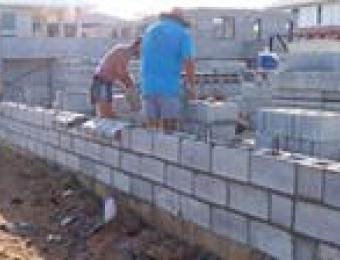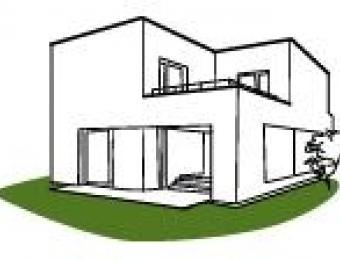
What do building walls do?
Building walls serve a number of functions. Load bearing building walls hold up the roof and any extra floors in multiple story buildings. Building walls also work to shield the interior of your house from weather - they form part of a building envelope, which wraps around the exterior of your home to protect you, your family and your belongings from rain, wind and uncomfortable temperatures. There are many building regulations that apply to building walls, including where on your property they may be constructed, how they are constructed, and what sort of insulation they need to provide.
What are building walls made of?
The typical light frame construction house is clad with materials like brick, weatherboard, fibre cement, aluminium or vinyl. This is a strong and reliable method for building walls, however there are many other methods and materials available. Straw bale, mud brick, log and stone walls, among others, are some examples of alternative materials for building walls. Depending on what type of climate they are situated in, exterior building walls might be more or less solid and permeable. Solid, impermeable exterior walls contribute to a tight building envelope, whereas a house with a 'loose' building envelope has walls that allow more air through.
What other uses do building walls have?
Aside from keeping a roof over our heads and giving us a bit of privacy from the neighbours, walls can help to regulate temperatures inside your home, which in turn helps reduce the need for extra heating and cooling. Walls typically contain insulation, which creates a thermal mass, capable of absorbing and releasing heat in response to the outside temperature.
Different technologies can be built into exterior walls to take advantage of their exposure to the elements. Trombe walls, for example, serve as a method of heating. These walls are constructed to face and absorb direct sunlight, which is then conducted to the interior of the house. Vents which can be open or closed help to regulate how much heat from the Trombe wall is allowed inside.





